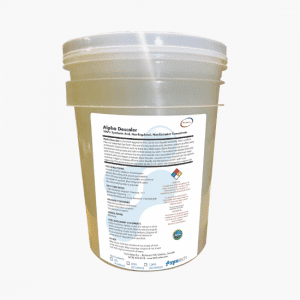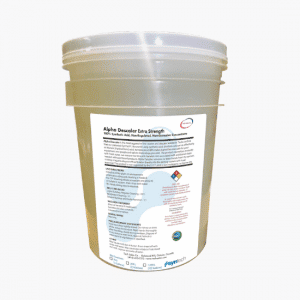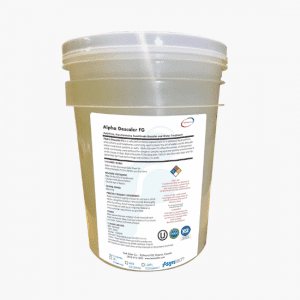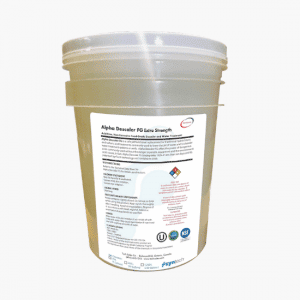Heat Exchangers
Heat Exchangers in many manufacture facilities are very crucial in everyday operations. Heat Exchangers are designed to transfer temperature from one form to another. And while transferring temperature, the Heat Exchanger, over a period of time will collect lime, scale and rust on the waterside of the Exchanger. With, Alpha Descaler or Alpha Descaler FG, you do not have to dismantle or remove the unit from your operations. You may want to use the Alpha Descaler in your water supply such as your cooling tower, chiller, or your closed loop water system. Doing this procedure, you will eliminate down time in your everyday operations while cleaning out your Exchanger.
If you just intended to clean out the Heat Exchanger, you still do not have to dismantle or remove the Exchanger from your operations.
INSTRUCTIONS FOR ALPHA DESCALER and ALPHA DESCALER FG CLEANING
- By-Pass Heat Exchanger from operation.
- Remove the existing water in the exchanger. This MUST be done, to insure proper results.
- Disconnect the Water In/Out connections from Exchanger.
- Attach the necessary hoses to the In/Out connections on the Exchanger to a circulating
pump. Refer to our Chart for necessary circulation time and the amount of Alpha Descaler
to be used. If using Alpha Descaler or Alpha Descaler FG Extra Strength reduce
recommended volume by 50% - Once the circulation has been completed, flush the Exchanger with water (for 30 mins or
until water runs clear) to remove any insolubles.
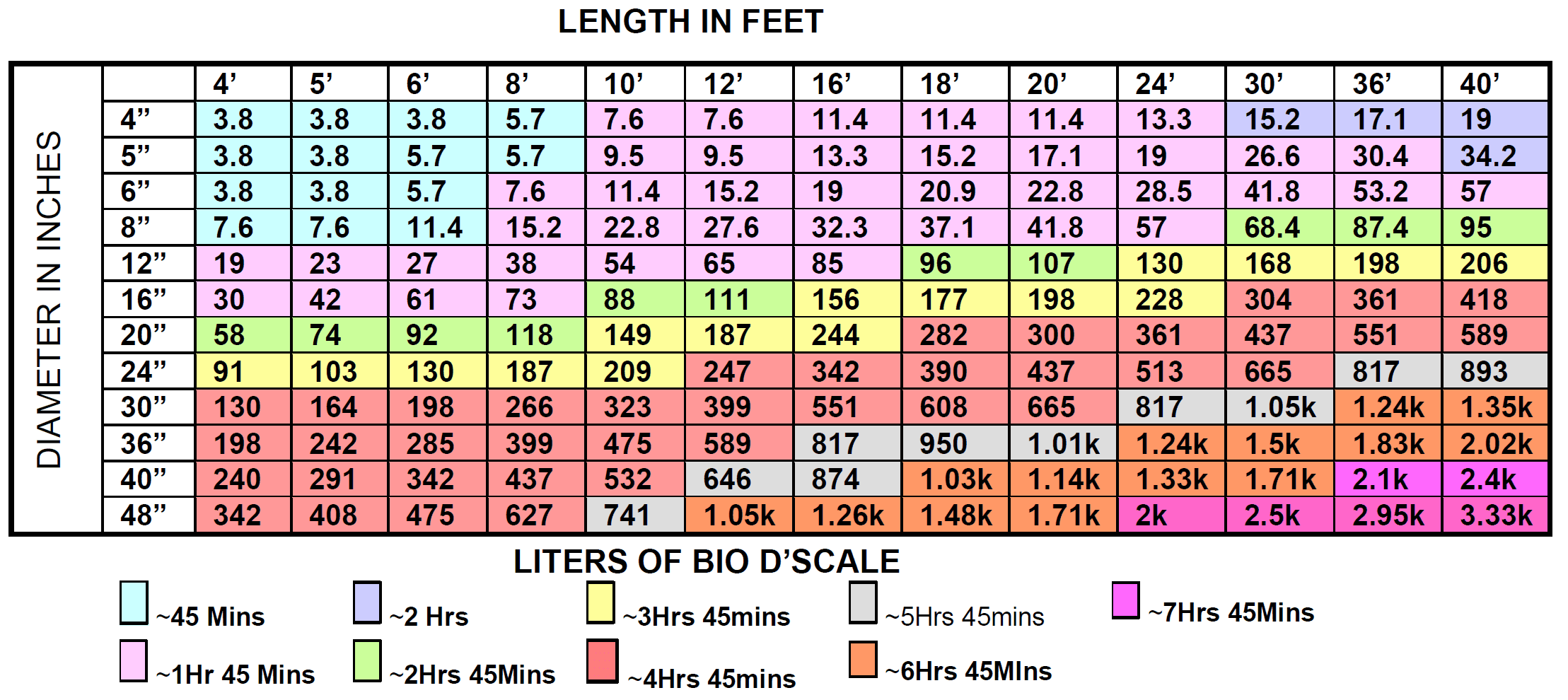
Note:
- Circulate Alpha Descaler from the bottom of the unit and out the top of the equipment.
- Always circulate from an open receiver bucket, venting the solution to atmospheric conditions.
- When water formed sedimentation is dissolved by Alpha Descaler FG, a small amount of non-toxic gas is emitted even though very low fuming. Pressure could build up if this gas is not vented.
DO NOT TAKE OUT TUBE BUNDLE FROM SHELL AND SOAK IN A BATH. COOLING AND PROCESS SIDES NORMALLY HAVE DIFFERENT METALS AND ELECTROLYSIS WILL OCCUR. ALWAYS CLEAN IN SITU OR WITH TUBE BUNDLE IN SHELL CASING.
Examples of Shell & Tube Heat Exchangers
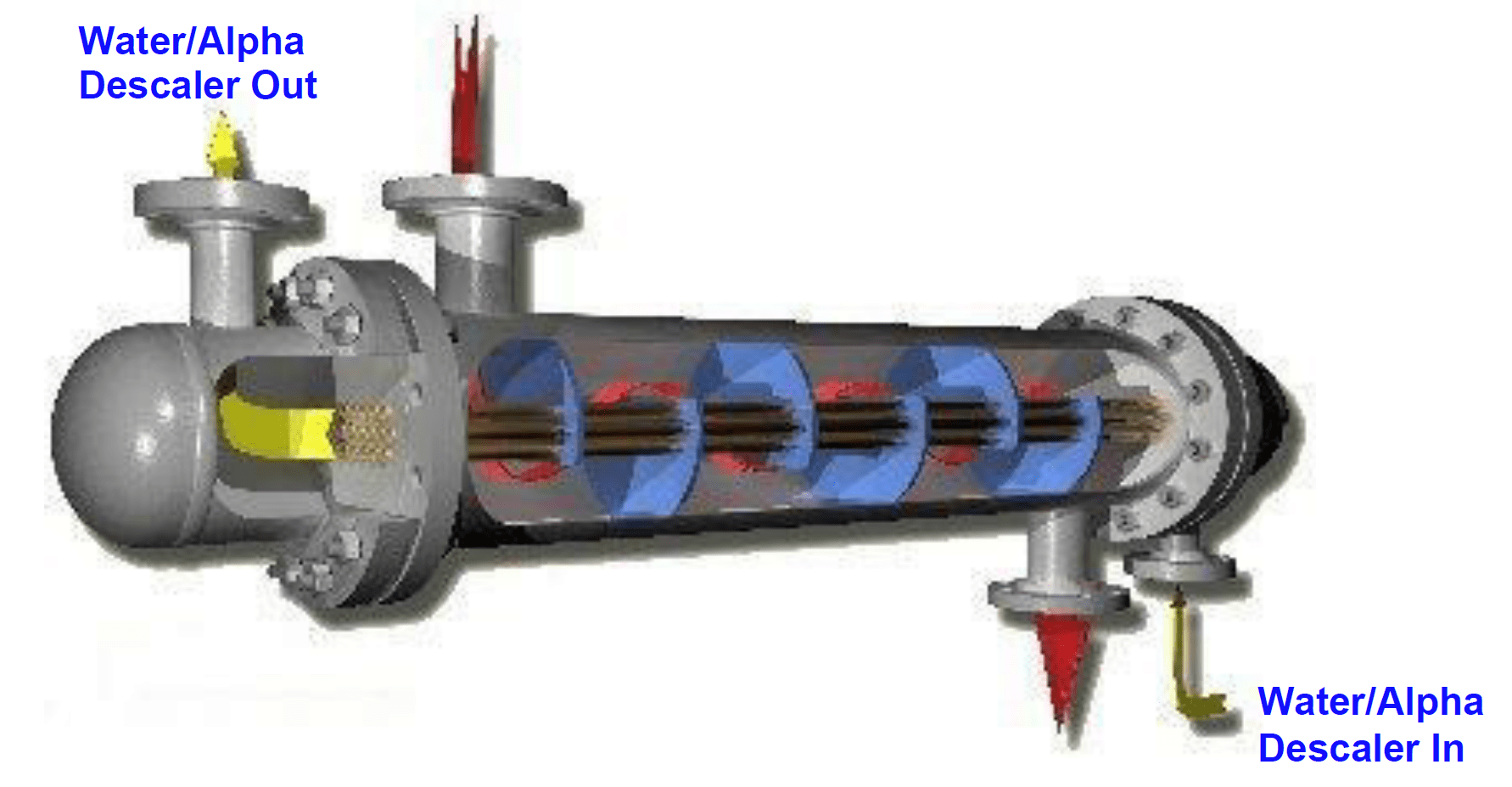
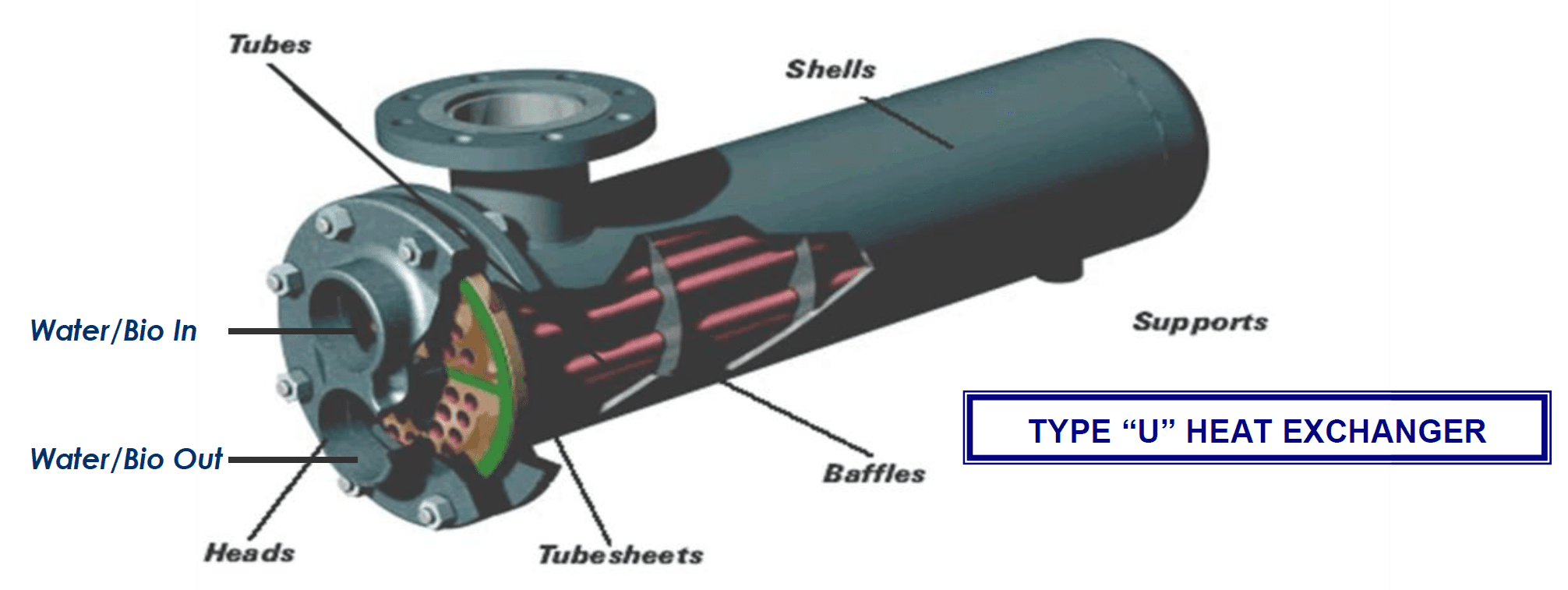
Additional notes:
- If it is difficult to attach coupling to the HEAD’S of Heat Exchanger, attach AlphaDescaler FG hoses to temperature/pressure gauge inlet/outlet.
- If the water in/out shut-off valves are far away from the heat exchanger,fabricate a 1” nipple on the water supply and return pipes as close to the in& out HEAD’S as possible.
- If the Heat Exchanger has not been properly maintained or is over heating,this would mean that there would be very high levels of sedimentation built upin the unit. In these cases, fill up with Alpha Descaler FG and let it soak for atleast half the circulation time.
- During soaking, ALWAYS leave one end open to atmosphere for venting offof harmless Carbon Dioxide gas
- If shut-off valves are leaking, try and isolate/bypass or change thembefore cleaning.
- At least one personnel should be stationed at the unit at all times duringcleaning to check for leaks.
- Once circulation is over, you can use the air pump (compressed air) to remove the remaining Descaler.
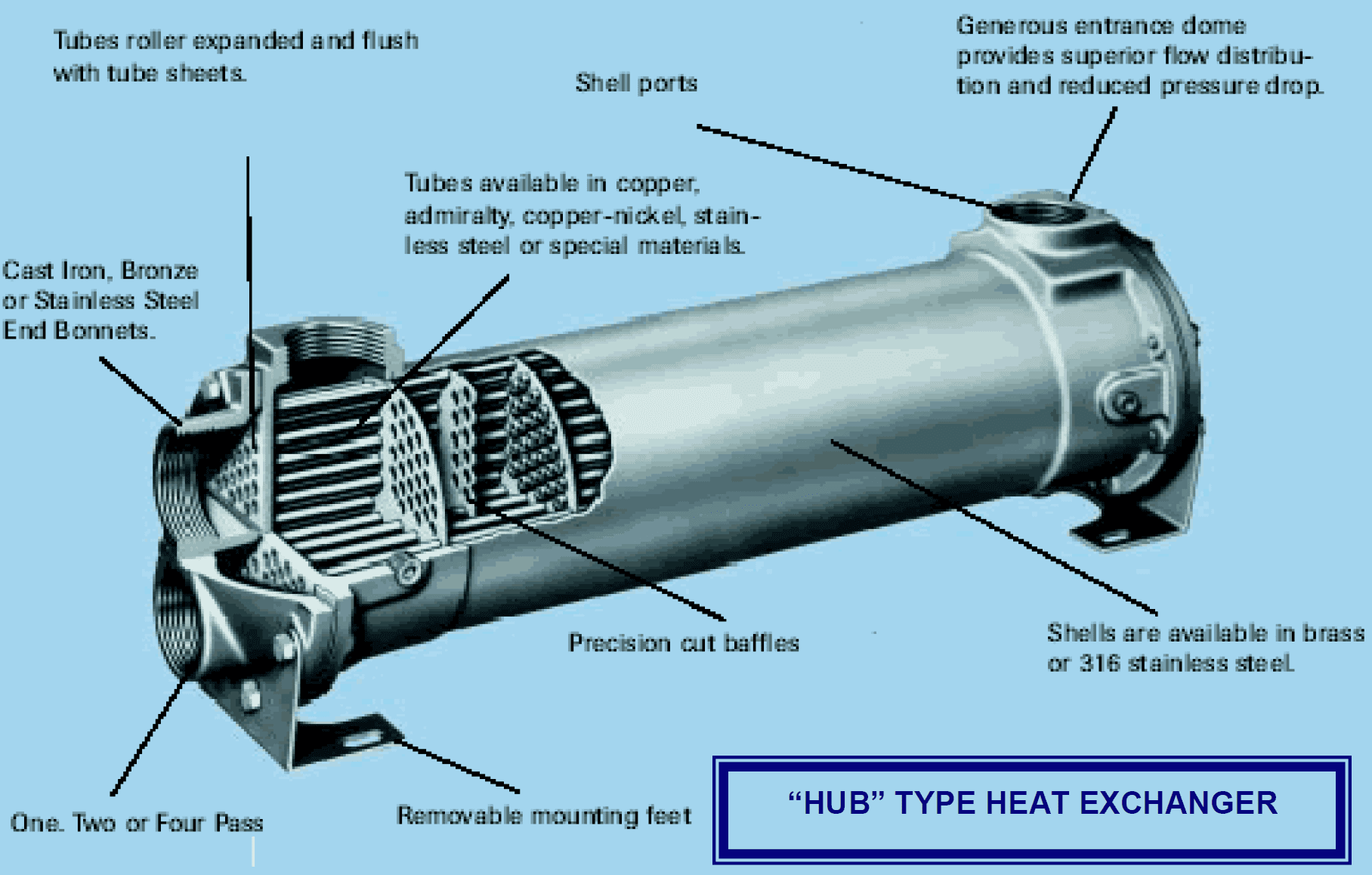

PLATE HEAT EXCHANGERS
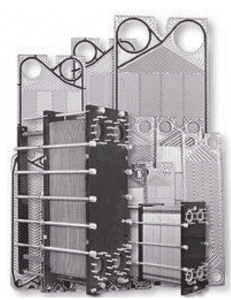
The gasketed plate heat exchanger is built up by of a number of corrugated plates, channels are formed between the plates and the corner ports are arranged so that the two media flow through alternate channels. The heat is transferred through the plate between the channels, and complete counter-current flow is created for highest possible efficiency. The corrugation of the plates provides the passage between the plates, supports each plate against the adjacent one and enhances the turbulence, resulting in very efficient heat transfer.
Heat transfer efficiency up to five times that of other types of heat exchangers!
The industrial gasketed plate heat exchanger consists of a plate pack of corrugated metal plates with portholes for the passage of two fluids between which heat transfer takes place. The plate pack is assembled between a frame plate and a pressure plate and compressed by tightening bolts.
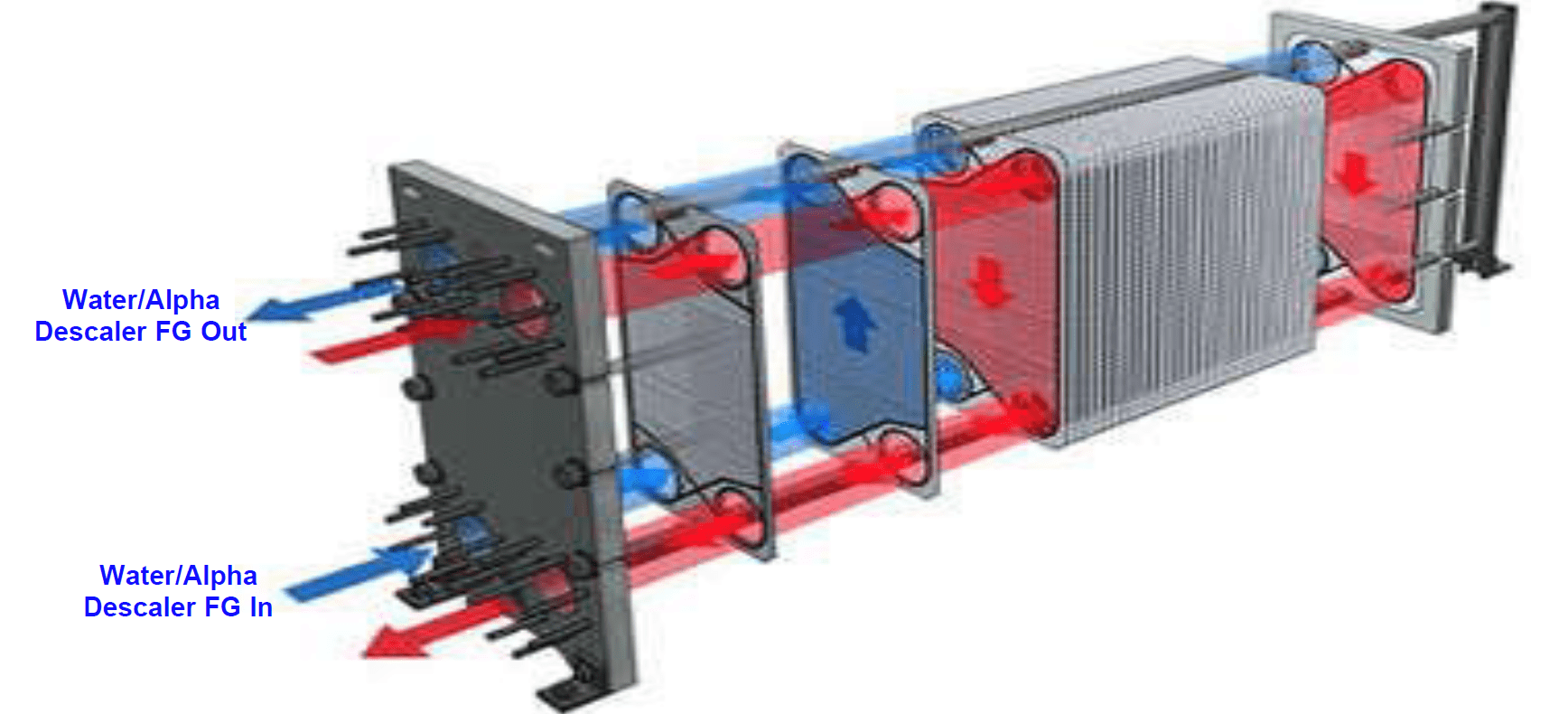
Some Plate Heat Exchangers are designed specifically for use in the food, dairy and brewing industries. A major feature of PHE’s used for this process is a sanitary plate designed to achieve optimum distribution of the product over the entire plate surface. These liquid food plants are designed for the concentration of malt, beer, yeast, fruit juices, pulp and other liquid food products to remove water and stabilize enzymes, prior to product storage.
The Plate and Frame Heat Exchanger, can also be used in the cooling and heating of fibrous materials, such as, fruit juices and fluids containing pulp, fruit purees, turbid fruit juices, dairy mixes, citrus pulp, and highly viscous liquids.
The unique capabilities of the PHE makes it suitable for a wide range of applications that extend beyond refrigeration such as: refrigerant evaporating & condensing, heat pumps, steam heating, engine or hydraulic oil cooling, swimming pool heating, and heat recovery for industrial applications e.g. waste water, dye works, paper manufacture etc.

Cutaway of a Plate & Frame Heat Exchanger
Method of cleaning is similar to Shell & Tube Heat Exchangers as stated above. Other points to note are:
- Certain models of Alfa Laval PHE’s contain minute amounts of Calcium Carbonate in the gaskets. After cleaning tighten Bolts. Ask resident technician for guidance.
- Capacity of cooling (liters or gallons) side can normally found on nameplate of unit.
- Make sure you distinguish between cooling water inlet and outlet and process sides.
Common forms of Water Borne sedimentation that occur in Shell & Tube Heat Exchangers.

ALL PRODUCTS
-

Alpha Descaler
US $ 175.00 – US $ 1,485.00 Select options This product has multiple variants. The options may be chosen on the product page -

Alpha Descaler Extra Strength
US $ 250.00 – US $ 2,420.00 Select options This product has multiple variants. The options may be chosen on the product page -

Alpha Descaler FG
US $ 160.00 – US $ 1,210.00 Select options This product has multiple variants. The options may be chosen on the product page -

Alpha Descaler FG Extra Strength
US $ 210.00 – US $ 1,650.00 Select options This product has multiple variants. The options may be chosen on the product page
If you need consulting beyond the scope of a complementary sales inquiry, please contact us by email.

